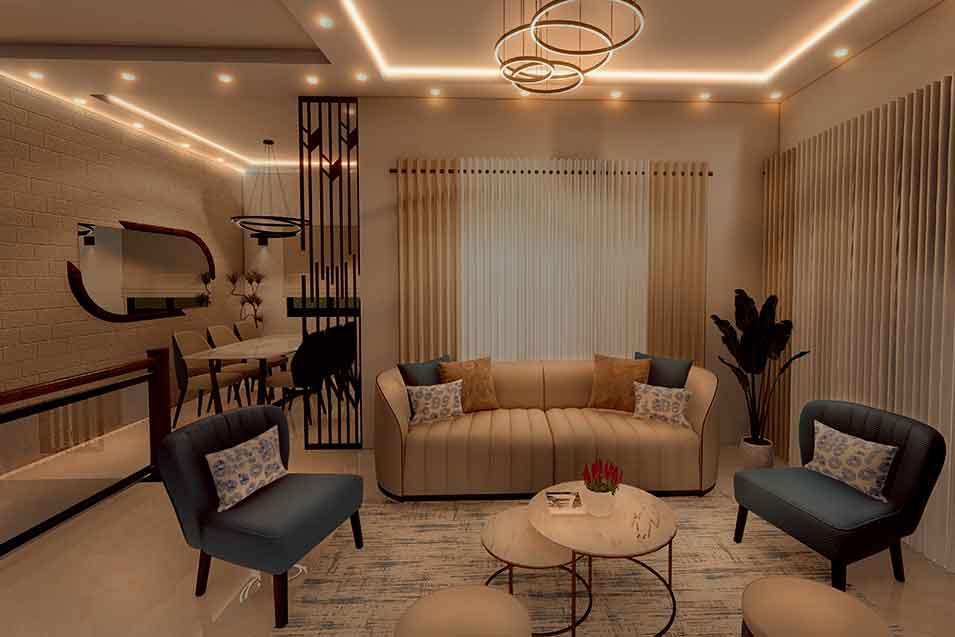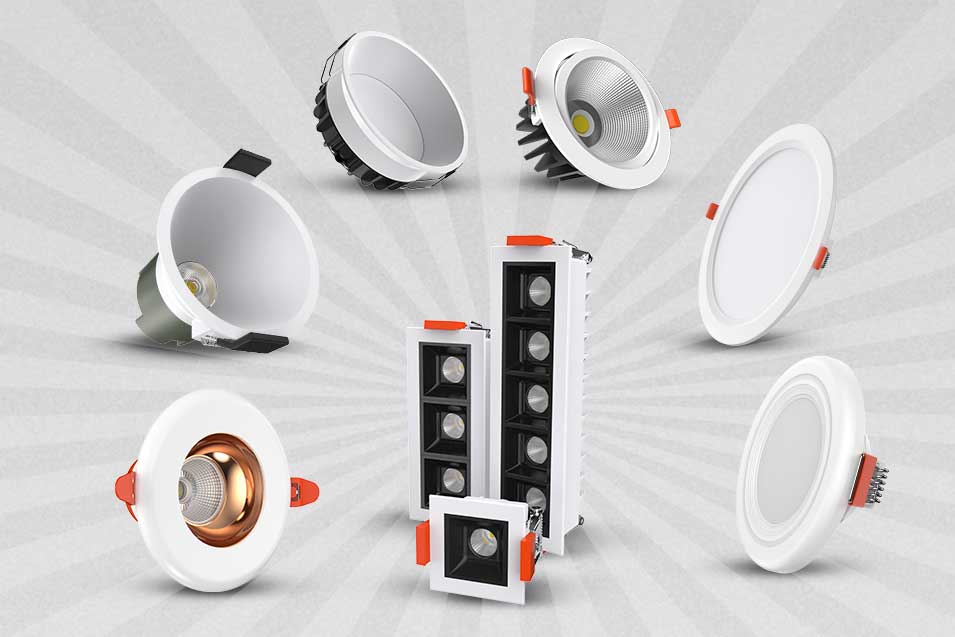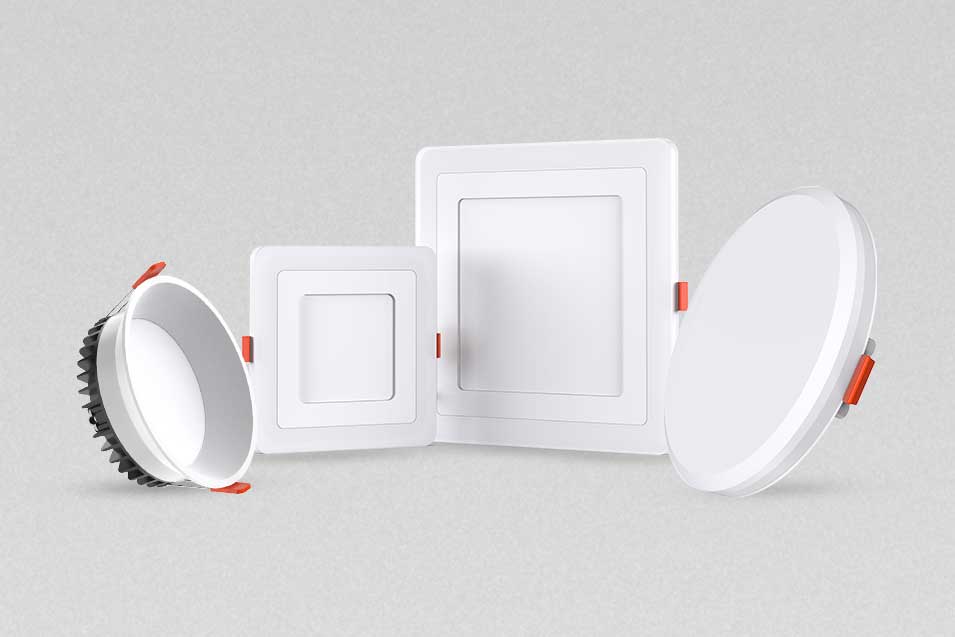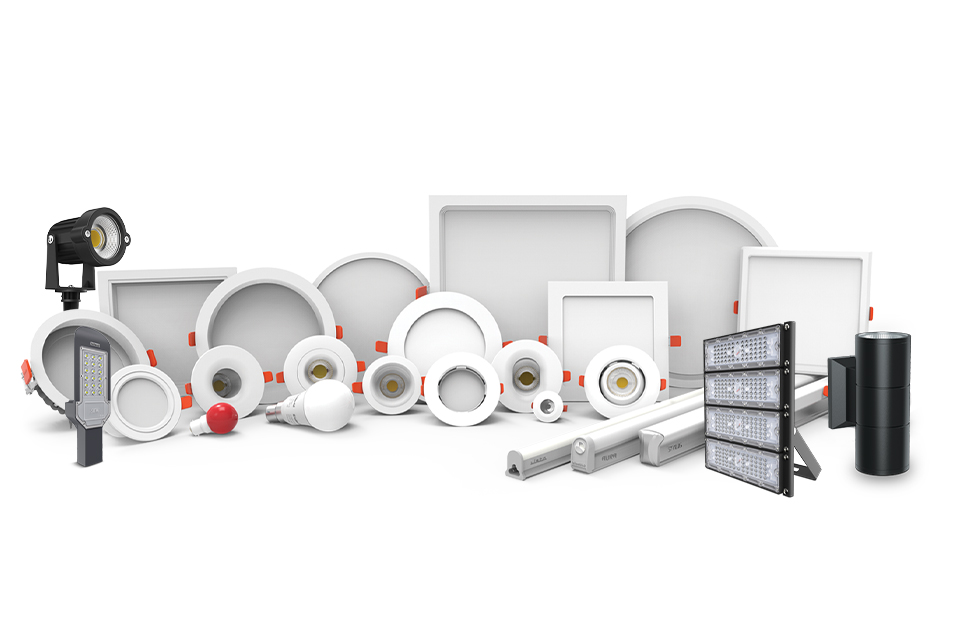
What is Ambient Lighting: A Detailed Guide
21st August 2025 | Written By: Rika Aash | Read Time: 3min | Last Updated: 21st August 2025
Ambient lighting, also known as general lighting, is defined as a source of light that brightens your space. However, with the variety of lighting options available today, ambient lighting does more than simply illuminate—it sets the mood and creates a welcoming atmosphere. In this blog, let us know in detail about ambient lighting, its importance, and ambient lighting fixtures.
Ambient lighting & its sources
Ambient lighting is no longer just a primary source of illumination. In modern homes, ambient lighting contributes to the room’s ambience. It’s used for both functional and aesthetic purposes to create soft, diffused illumination or to use as the base layer in layered lighting design. Lighting sources like ceiling lights, chandeliers, recessed lights, track lights, and even natural sunlight are layered and combined to create aesthetically pleasing and balanced lighting.
Ambient lighting fixtures
- Tube lights are the most common sources of ambient lighting, available in different lengths and wattages. They provide uniform illumination, and their LED versions offer better colour rendering, energy efficiency, and a long lifespan.
- Pendant lights are popular ceiling-mounted fixtures used for versatile ambient lighting. Available in different styles, sizes, and materials, they can be clustered in groups to create a dramatic effect or provide a uniform light.
- Chandeliers are used to add elegance and sophistication to any space. Its ornate designs serve as focal points while providing ambient lighting.
- Recessed lights like downlights and panel lights provide ambient lighting by casting a beam of light downward. They blend seamlessly into the ceiling while illuminating the space.
- Flush mounts are ideal for rooms with low ceilings or modern homes. They are mounted directly against the ceiling to provide ambient light.
- Wall scones are used to cast light upward and downward. Available in a variety of designs and styles, these lights are visually very appealing.
- Cove lightings are installed in hidden locations like cove ceilings or behind moldings to create a soft, indirect diffuse light to accentuate the ambience.
- Surface lighting like surface-mounted panel lights or LED panels are widely used in modern interiors for unobtrusive, large area lighting.
- Track lighting is an adjustable fixture system along a track that allows you to customise lighting to create different atmospheres.
How to Incorporate Ambient Lighting in Your Space?
Just knowing all about ambient lighting is not enough, you need to know how to incorporate these lighting options effectively into your space to get the desired effect. Here are some tips you can apply to integrate ambient lighting effectively into your spaces.
- Evaluate Your Space – Start with assessing the size, layout, and function of the space. You may consider the natural light sources and existing lighting fixtures to determine the placement and ambient light type that suit your needs.
- Choosing Right Fixtures – You can select from a wide range of ambient lighting like wall scones, recessed lights, or ceiling mounted fixtures. You may go for fixtures with diffused covers that create a soft glow, filling the room with gentle illumination.
- Planning Your Zone – Divide your space to create different lighting zones as per your mood and activities. For example, a brighter ambient lighting would be a wise choice for kitchens or home offices, where major tasks are performed. Similarly, soft lighting will be best for living rooms and bedrooms for relaxation.
- Layer Lighting – This lighting can be used in homes or offices to create a versatile lighting system. Layer lighting allows you to customise the lights as per different moods, activities and occasions.
- Smart Lighting Controls – Smart controls like dimmer switches help you to customise light from bright to soft with just a touch. It helps in adjusting the ambient lighting as per individual needs.
- Balanced Glow of Light – Evenly distribute the ambient lighting throughout the space to minimise dark spots and harsh contrasts. Tactically place multiple lights around the room to create a uniform illumination.
Why ambient lighting matters
From being just a uniform source of lighting, ambient lighting today does a lot more. It sets the tone or mood of the space, whether you want a warm, cool, bright, or cosy environment. Select from a varied range of lighting fixtures to create the perfect ambience to suit your décor.

Frequently Asked Questions (FAQs) :
- Q1. What is the difference between ambient and natural lighting? Natural lighting comes from the sun and changes throughout the day, while ambient lighting is artificial. Ambient lighting provides illumination through fixtures like ceiling lights, sconces, or recessed lights.
- Q2. What are the disadvantages of ambient lighting? The main disadvantages of ambient lighting are that it can sometimes create glare or shadows if not planned well. In such cases, it may not provide sufficient brightness for detailed tasks, making layered lighting necessary.
- Q3. Are LED lights counted as ambient lighting? Yes, LED lights can be used as ambient lighting when designed to provide general, diffused illumination across a space. However, not all LED lights are ambient.




